Church of St. Anne
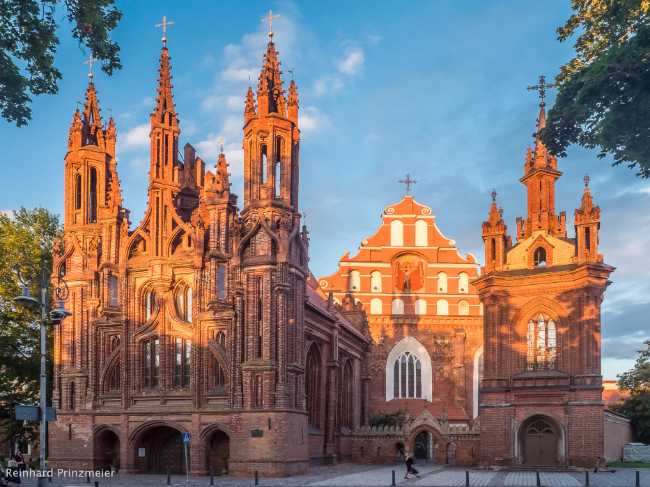
A masterpiece of Gothic architecture, the Church of St. Anne in Vilnius is one of Lithuania’s most iconic landmarks. Built between 1495 and 1500, it is renowned for its intricate façade crafted from 33 types of clay bricks, creating a striking red silhouette that has inspired legends—most famously, Napoleon is said to have wished to carry it back to Paris “in the palm of his hand.” Despite the rise of Renaissance styles elsewhere in Europe, Lithuania embraced Gothic design later, making St. Anne’s a rare and enduring example of Flamboyant and Brick Gothic. The church stands beside the larger Church of St. Francis and Bernardine Monastery, forming a historic ensemble in Vilnius Old Town, a UNESCO World Heritage Site. Remarkably, St. Anne’s remained open during Soviet times and was even renovated in the 20th century. Today, it continues to function as a place of worship and a cultural treasure, drawing visitors with its architectural elegance and deep historical resonance.
Vilnius LithuaniaThe Church of St. Anne is a renowned Gothic masterpiece located at Maironio Street 8, in the heart of Vilnius Old Town, on the right bank of the Vilnia River. Completed around 1500, it is celebrated for its striking red brick façade, constructed with 33 different types of clay bricks, and is one of the most iconic examples of Flamboyant and Brick Gothic architecture in Lithuania. The church is part of the UNESCO-listed Vilnius Old Town and is often cited as a symbol of the city, with legends claiming that Napoleon wished to carry it back to Paris after seeing its beauty. Adjacent to St. Anne’s is the Bernardine Church and Monastery, forming a unique historical and architectural ensemble. The Bernardine Garden, a popular public park, is also nearby, offering green space and scenic walking paths along the river. The area is rich in history, with Vilnius University, Pilies Street, and other Old Town attractions within easy walking distance, making the Church of St. Anne a must-visit for anyone exploring the city’s cultural and architectural heritage.
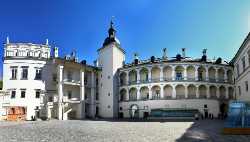 Palace of the Grand Dukes of Lithuania
Vilnius
Palace of the Grand Dukes of Lithuania
Vilnius
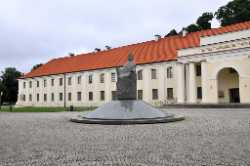 National Museum of Lithuania
Vilnius
National Museum of Lithuania
Vilnius
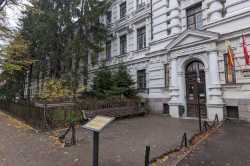 Museum of Occupations and Freedom Fights
Vilnius
Museum of Occupations and Freedom Fights
Vilnius
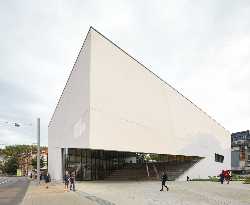 MO Museum
Vilnius
MO Museum
Vilnius
 Vilnil Museum of Illusions
Vilnius
Vilnil Museum of Illusions
Vilnius
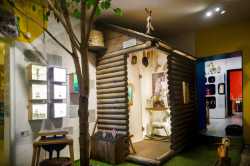 Toy Museum
Vilnius
Toy Museum
Vilnius
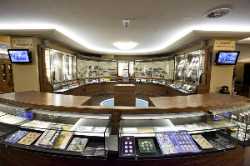 Money Museum of the Bank of Lithuania
Vilnius
Money Museum of the Bank of Lithuania
Vilnius
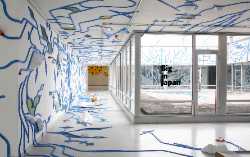 Contemporary Art Centre
Vilnius
Contemporary Art Centre
Vilnius
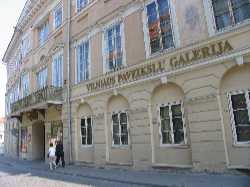 Vilnius Picture Gallery
Vilnius
Vilnius Picture Gallery
Vilnius
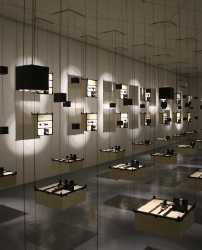 TSEKH Gallery
Vilnius
TSEKH Gallery
Vilnius
 Lithuanian National Drama Theatre
Vilnius
Lithuanian National Drama Theatre
Vilnius
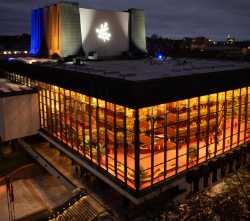 Lithuanian National Opera and Ballet Theatre
Vilnius
Lithuanian National Opera and Ballet Theatre
Vilnius
 Vilnius Puppet Theatre
Vilnius
Vilnius Puppet Theatre
Vilnius
 Gediminas Castle Tower
Vilnius
Gediminas Castle Tower
Vilnius
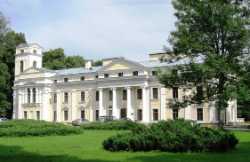 Verkiai Palace
Vilnius
Verkiai Palace
Vilnius
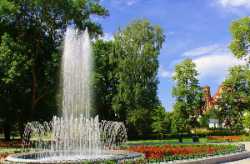 Bernardine Garden
Vilnius
Bernardine Garden
Vilnius
 Vingis Park
Vilnius
Vingis Park
Vilnius
 Vilnius Botanical Garden
Vilnius
Vilnius Botanical Garden
Vilnius
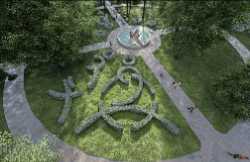 Sapiegos Park
Vilnius
Sapiegos Park
Vilnius
 Hill of Three Crosses
Vilnius
Hill of Three Crosses
Vilnius
 TV Tower Vilnius
Vilnius
TV Tower Vilnius
Vilnius
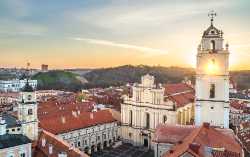 St. John's Church Bell Tower
Vilnius
St. John's Church Bell Tower
Vilnius
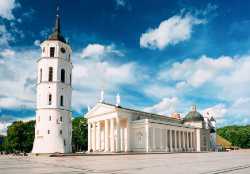 Vilnius Cathedral and Bell Tower
Vilnius
Vilnius Cathedral and Bell Tower
Vilnius
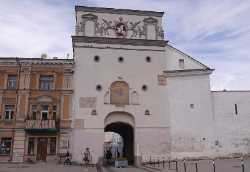 Gates of Dawn
Vilnius
Gates of Dawn
Vilnius
 Presidential Palace
Vilnius
Presidential Palace
Vilnius
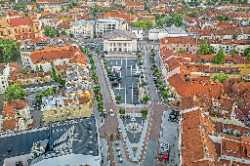 Rotušės aikštė
Vilnius
Rotušės aikštė
Vilnius
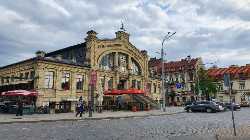 Hales Market
Vilnius
Hales Market
Vilnius
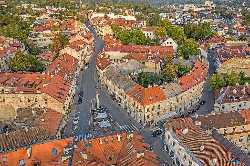 Uzupis Republic
Vilnius
Uzupis Republic
Vilnius
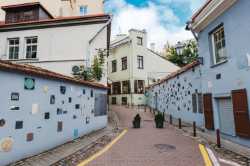 Literatų Street
Vilnius
Literatų Street
Vilnius
 Subačiaus Viewpoint
Vilnius
Subačiaus Viewpoint
Vilnius
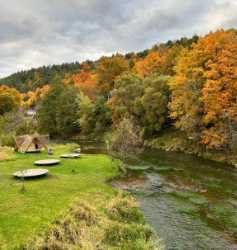 Pavilniai Regional Park
Vilnius
Pavilniai Regional Park
Vilnius
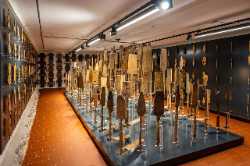 House of Histories
Vilnius
House of Histories
Vilnius
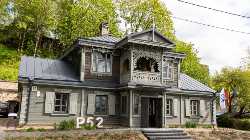 Wooden City Architecture Museum
Vilnius
Wooden City Architecture Museum
Vilnius
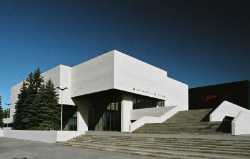 National Gallery of Art
Vilnius
National Gallery of Art
Vilnius
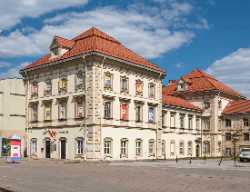 Radvila Palace Museum of Art
Vilnius
Radvila Palace Museum of Art
Vilnius
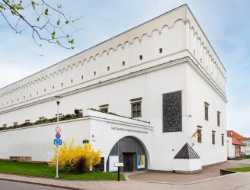 Museum of Applied Arts and Design
Vilnius
Museum of Applied Arts and Design
Vilnius
 Vytautas Kasiulis Art Museum
Vilnius
Vytautas Kasiulis Art Museum
Vilnius
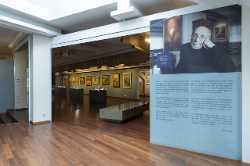 Samuel Bak Museum
Vilnius
Samuel Bak Museum
Vilnius
 Energy and Technology Museum
Vilnius
Energy and Technology Museum
Vilnius
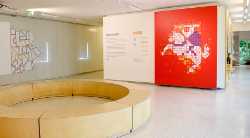 Centre for Civil Education
Vilnius
Centre for Civil Education
Vilnius
 Vilnius Auto Museum
Vilnius
Vilnius Auto Museum
Vilnius
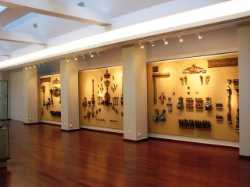 Vilna Gaon Jewish State Museum branch
Vilnius
Vilna Gaon Jewish State Museum branch
Vilnius
 Museum of Culture and Identity of Lithuanian Jews
Vilnius
Museum of Culture and Identity of Lithuanian Jews
Vilnius
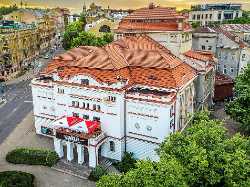 Old Theatre of Vilnius
Vilnius
Old Theatre of Vilnius
Vilnius
 Domino Theatre
Vilnius
Domino Theatre
Vilnius
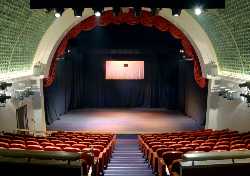 State Small Theatre of Vilnius
Vilnius
State Small Theatre of Vilnius
Vilnius
 DRIFTS Gallery
Vilnius
DRIFTS Gallery
Vilnius
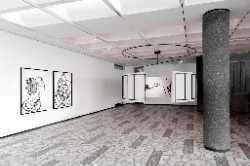 DSG Gallery
Vilnius
DSG Gallery
Vilnius
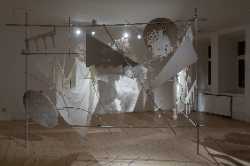 Editorial
Vilnius
Editorial
Vilnius
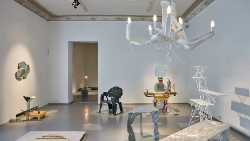 Galerija Vartai
Vilnius
Galerija Vartai
Vilnius
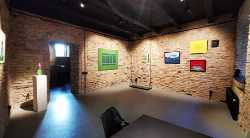 GODÒ Gallery
Vilnius
GODÒ Gallery
Vilnius
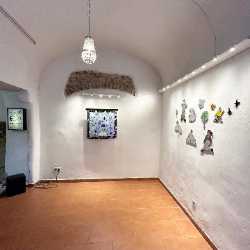 HUNGRY EYES
Vilnius
HUNGRY EYES
Vilnius
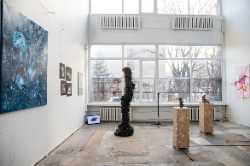 Kompresorine - Ideas Block LT
Vilnius
Kompresorine - Ideas Block LT
Vilnius
 InTheCloset
Vilnius
InTheCloset
Vilnius
 Jonas Mekas Visual Arts Center
Vilnius
Jonas Mekas Visual Arts Center
Vilnius
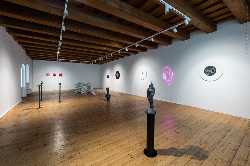 Gallery ARKA
Vilnius
Gallery ARKA
Vilnius
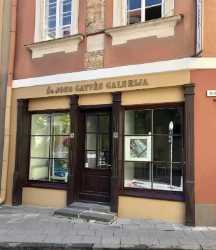 St. John's Street Gallery
Vilnius
St. John's Street Gallery
Vilnius
 Meno Niša Galerija
Vilnius
Meno Niša Galerija
Vilnius
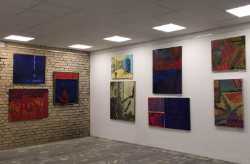 Galerija Aidas
Vilnius
Galerija Aidas
Vilnius
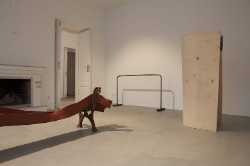 (AV17)GALLERY
Vilnius
(AV17)GALLERY
Vilnius
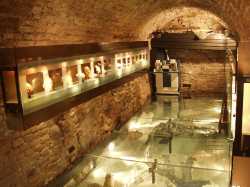 Art Center of Baltic Amber
Vilnius
Art Center of Baltic Amber
Vilnius
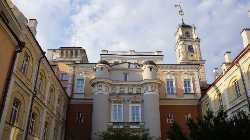 Vilnius University Observatory
Vilnius
Vilnius University Observatory
Vilnius
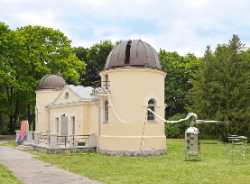 Vilnius University Observatory of Ideas
Vilnius
Vilnius University Observatory of Ideas
Vilnius
 Vilnius TV Tower
Vilnius
Vilnius TV Tower
Vilnius